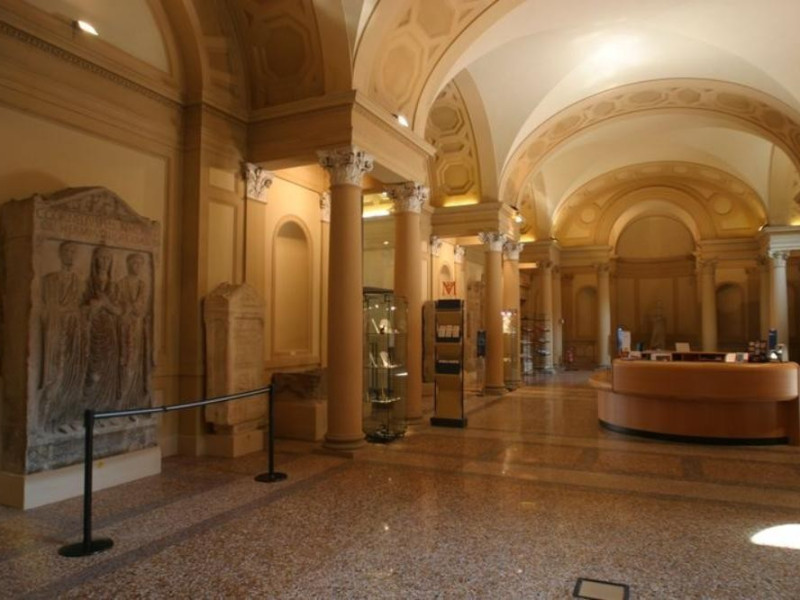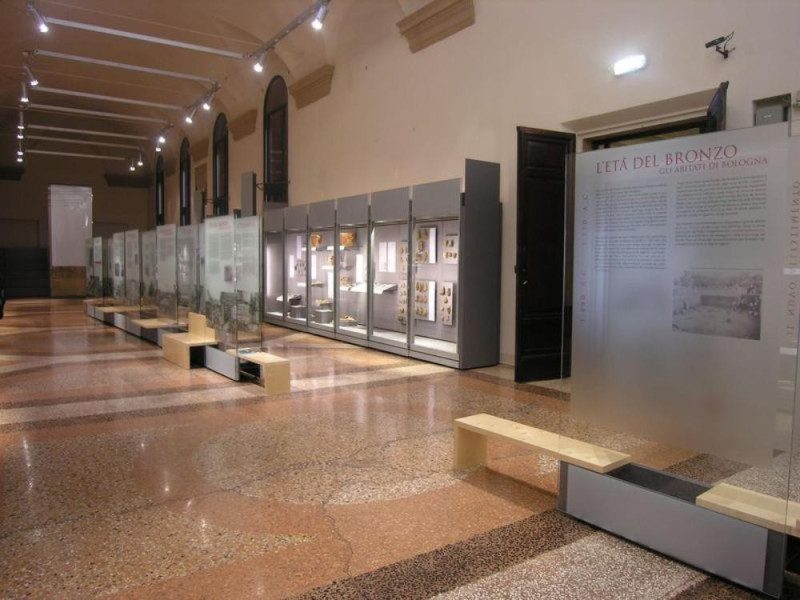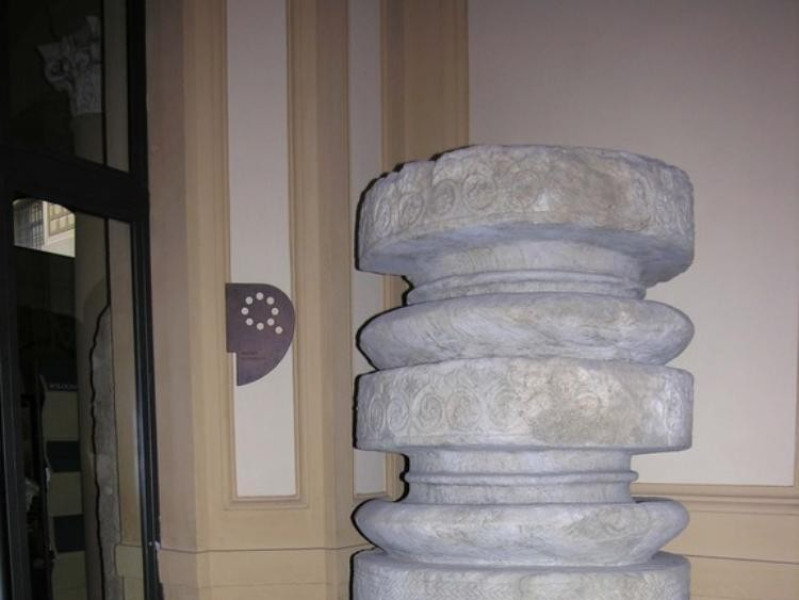Museo civico archeologico di Bologna
The Archaeological Civic Museum of Bologna (Italian: Museo Civico Archeologico di Bologna) is located in the fifteenth-century Palazzo Galvani building, once known as the Hospital of Death. Founded in September 1881 by the merging of two separate museums: the one belonging to the University of Bologna – heir of the Room of Antiquity belonging to the Academy of Sciences founded by Luigi Ferdinando Marsili in (1714) – and that belonging to the City of Bologna (enriched by the antique collection of Artist Pelagio Palagi (1860) and the large amount of finds from excavations conducted in and around Bologna during these times.
This museum is among the most important in archeological finds in Italy and is highly representative of the local history from prehistoric period to Roman Age. Additionally, its ancient Egyptian collection is among the most important in Europe. Between 1972 and 2012 the Museum has housed over 150 exhibitions with focus on archeology but also on arts.
The Museum is endowed with the following: an educational department, a specialized library with a reading lounge, a historic archive (available for consultation with an appointment), a photographic archive (also available for consultation with appointment or by written request), a restoration lab, special access for disabled visitors, rooms for temporary expositions, a conference room, and a bookshop.
Fonte: Wikipedia







